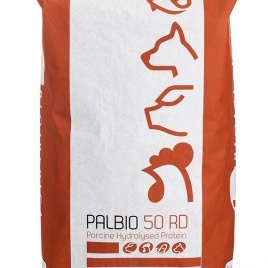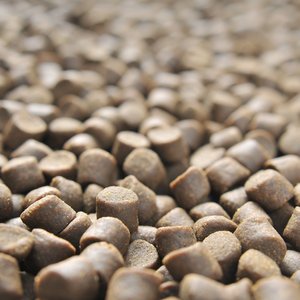The use of plant‐based ingredients in aquafeeds, especially for carnivorous species, is likely to increase given concerns regarding the sustainability, price and availability of fishmeal, but mycotoxins are a common problem associated with the use of plant ingredients.
A team of researchers evaluated the effect of two levels of fumonisins (168 μg/kg feed and 333 μg/kg) and compared with 0μg/kg (the Control diet) for total growth, whole‐body nutrient retention, liver enzyme activity and several plasma humoral parameters in juvenile gilthead seabream (Sparus aurata).
The researchers found that diets contaminated with fumonisins can be detrimental to the growth performance of seabream. Fumonisin levels as low as 168 μg/kg feed had a significant impact on final body weight, feed conversion ratio and protein efficiency ratios. Fumonisins also reduced fat and energy retention and disrupted the respiratory burst in circulating leukocytes. Fumonisin levels at 333 μg/kg feed increased these detrimental effects, clearly demonstrating a dose-response relationship.
“These results highlight the possible need to re‐evaluate the European Commission guidance value for fumonisins (FB1 + FB2) in complementary and complete feedstuffs for fish of 10,000 μg/kg, which might be too high for certain species, such as seabream,” researchers said.
Check the study here. Read our latest article on mycotoxins in Aquafeed Magazine.










